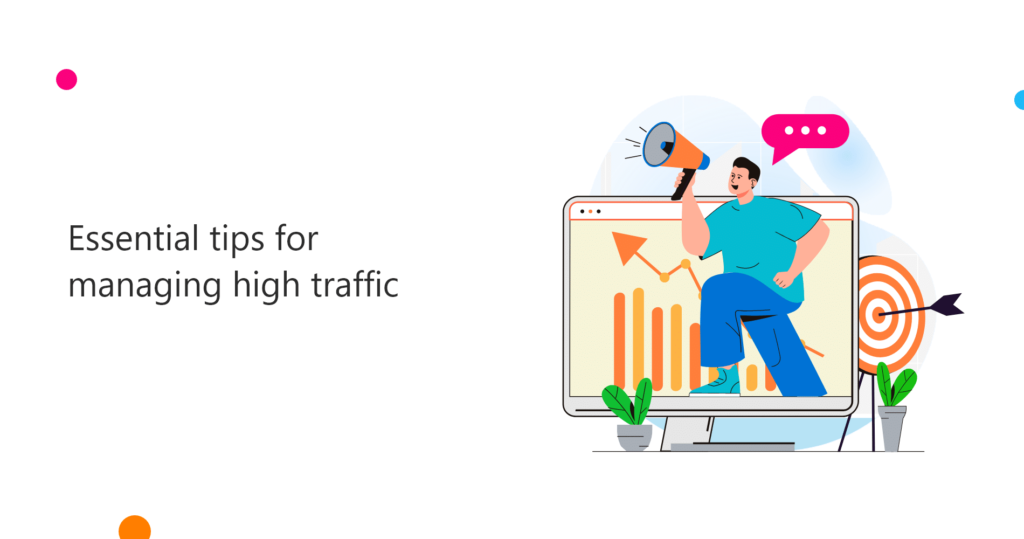Managing high traffic is a critical aspect of any website or application that experiences a large number of visitors. If not handled properly, high traffic can lead to slow loading times, server crashes, and a poor user experience. In this blog post, we will discuss essential tips for managing high traffic.
Server Configuration
Server configuration is a crucial factor in managing high traffic. The server should be configured based on the expected traffic load, with sufficient CPU, RAM, and storage space. It is essential to monitor the server’s performance regularly and adjust the configuration as needed to handle the traffic.
Load Balancer
A load balancer is a tool that distributes the incoming traffic across multiple servers. This can help improve the website’s performance by reducing the load on any single server. A load balancer can also help ensure that the website remains available even if one server goes down.
AWS Optimization Services
Auto Scaling
Auto scaling is a feature that allows the server to automatically adjust its resources based on the traffic load. This can help ensure that the server can handle high traffic without crashing. For example, if the traffic load increases, the server can automatically spin up additional instances to handle the load.
Database Size
The database size can impact the website’s performance. It is essential to regularly monitor the database size and optimize it by removing unnecessary data or using database compression.
Slave/Replica Database
A slave database or replica database is a copy of the master database that can be used for read-only operations. This can help improve the website’s performance by reducing the load on the master database. The slave database can also be used for backup and disaster recovery purposes.
Multiple Slave Databases
Having two slave databases can help further improve the website’s performance. One slave database can be used for reading operations, while the other can be used for background tasks such as cron jobs, reports, and analytics.
Redis for Cache
Redis is an in-memory data structure store that can be used as a cache. It can help improve the website’s performance by reducing the number of database queries. Redis can also be used for session management, messaging, and other tasks.
Code Optimization
Code optimization is essential for managing high traffic. There are multiple ways to optimize the code, such as using caching, optimizing database queries, compressing images, and using a content delivery network (CDN). It is also important to regularly monitor the website’s performance and optimize the code as needed.
Content Delivery Network
A CDN is a network of servers located in different parts of the world that can help deliver content faster to users. A CDN can help reduce the load on the server and improve the website’s performance.
Monitoring and Alerting
Monitoring and alerting tools can help website owners stay informed about the website’s performance and any issues that may arise. This can help them take proactive measures to prevent downtime and ensure that the website remains available to users.
In conclusion, managing high traffic requires a combination of server configuration, load balancing, auto scaling, database optimization, and code optimization. By following these essential tips, website owners can ensure that their website or application can handle high traffic without crashing or slowing down. It is also essential to regularly monitor the website’s performance and adjust the configuration and optimization as needed.







